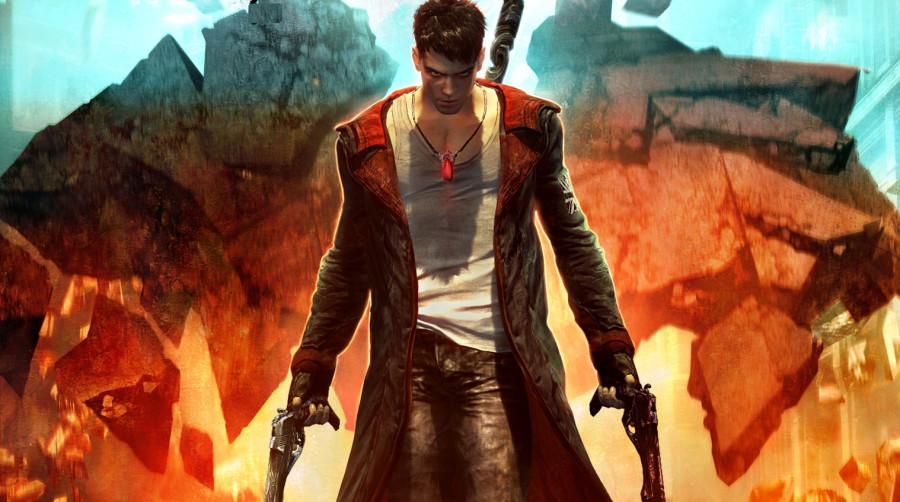DmC Devil may Cry’s story is the very best that DmC has ever had to offer. We start off with Dante living on the outskirts of society (at a carnival) in a trailer. Waking up from his apparent hang over, he answers the door to find Kat, a medium that can see into the satanic world of Limbo. Kat is Dante’s “guide” in the game, but she is not an annoyance to the gamer whatsoever. If anything, she adds a sense of emotion to the story that previous installments tried to add, and failed in comparison to this beauty of a game. Kat takes Dante to his long-lost brother Vergil that has a plan to defeat the demon king known as Mundus that controls Limbo and all the docile humans that are a part of the illusion. Limbo is the demonic second half of the world that we humans cannot see, but our heros can. Limbo also plays a huge part in this game as an enemy itself as well as the environment in which you fight your demonic foes. Think of it more as the entire world is out to get you because it WILL drop, move, and try to enclose Dante to bring the player to the classic “GAME OVER/YOU ARE DEAD” screen that DMC is known for.
DmC has a lot of things about it that make it similar to all past installments, despite the new developer, engine, and artistic take on the game. Ninja Theory streamlines Dante’s abilities and stylish moves so you can essentially do anything within the game’s limits. Ninja Theory also added a new way of selecting weapons in which the left and right triggers will either put you in angel mode or demon mode, in which you have weapons more useful than others in specific situations. Some may miss Dante’s style-switch from DMC4, but quite honestly, I found the style switch cumbersome and overall counterproductive to the way any person would play the game.
One specific aspect of the gameplay they did keep, however, is the difficulty depth. In fact, every single difficulty setting from past games return including the infamous “Hell and Hell” mode in which you die in a single hit while every enemy has normal health and “Dante Must Die!” that just has extremely difficult settings. However, the game does feel significantly easier than past installments, I must admit. It could just be that I’m finally an adept DMC player as opposed to what I was when I was playing DMC3 and 4 but I think the game is in fact overall easier. When I played DMC3 I was pretty decent, but I would die quite a bit on the bosses probably because evading wasn’t as easy as it is in DmC: Devil May Cry. The easiness of the new game could attest to the fact that enemies are just easier to kill or maybe because the enemies don’t attack you as often. All I know for sure is that the farthest I got difficulty was in DMC3 was “Very Hard” and in DmC: Devil May Cry i was able to complete every difficulty mode within a month. Mind you, I didn’t even BEAT “Very Hard” in DMC3.
The music choice for this ambitious reboot is definitely a good one. Those that may not be a fan of the “dubsteppy” music by Nosia will definetly enjoy the aggressive tone that Combichrist brings to the game. Combichrist is an aggrotech band that was the perfect choice for making the world that DmC creates really feel controlled by the demons. Not only is the music awesome but the sound effects are just satisfying enough to keep bringing back players for more in the replayability that DmC offers.
BOTTOM LINE:
Ultimately, this game is decently difficult, although not as hard as the old games but is still a great experience even for complete newcomers to action games. Fans of beating up everything that moves, looking visually like an extremely bodacious nephilim, and listening to some intense music will be very satisfied with their purchase. I give DmC Devil May Cry an 8.5/10.

